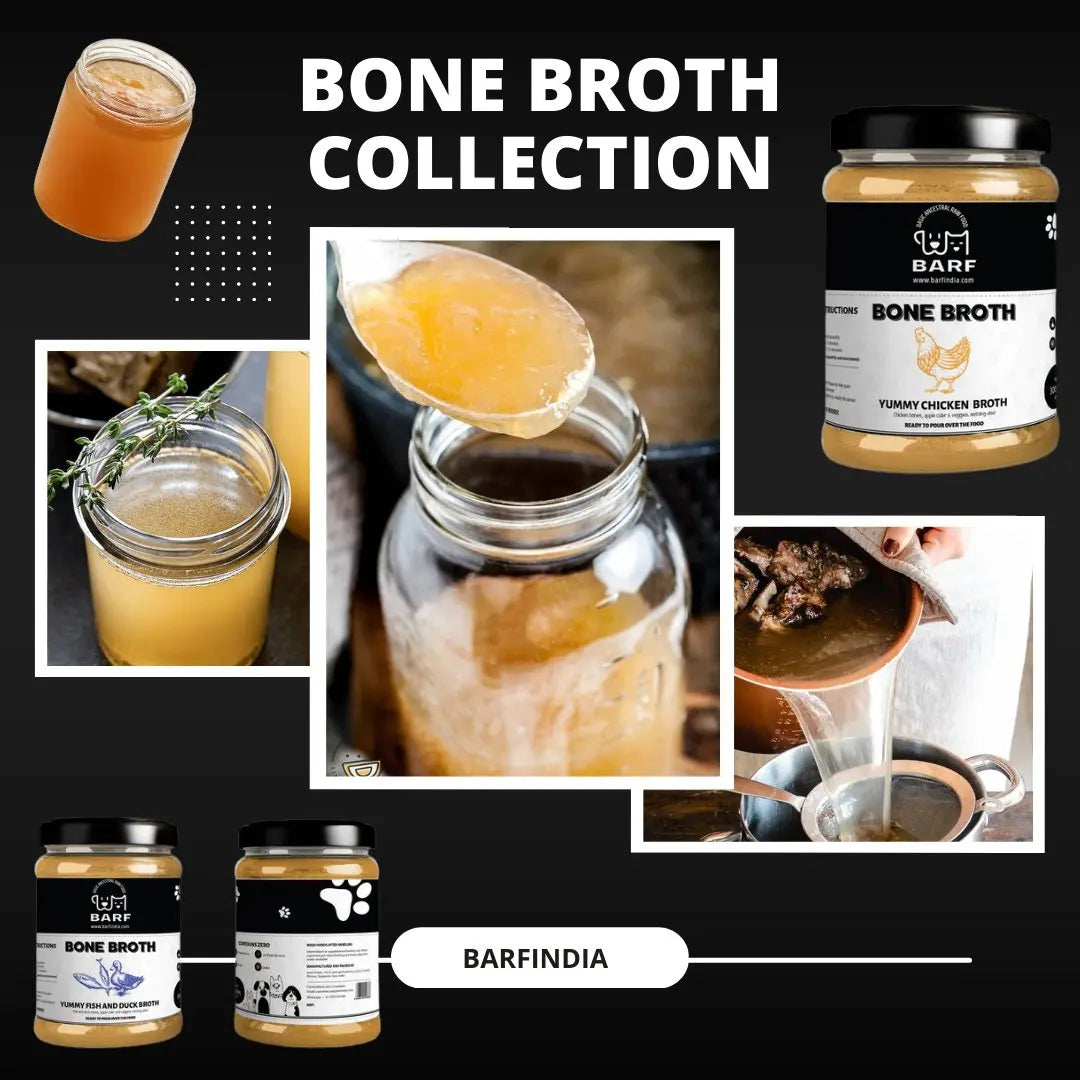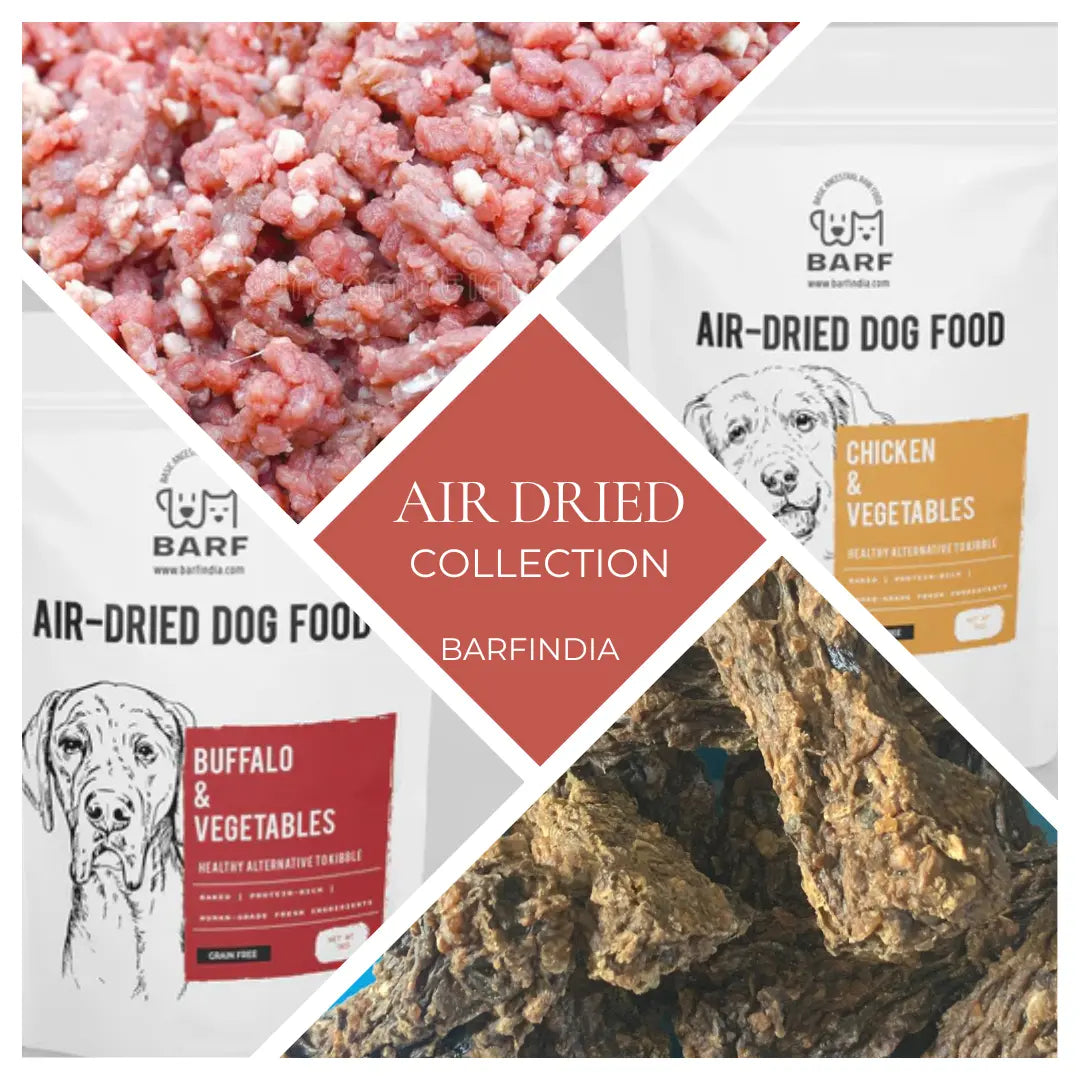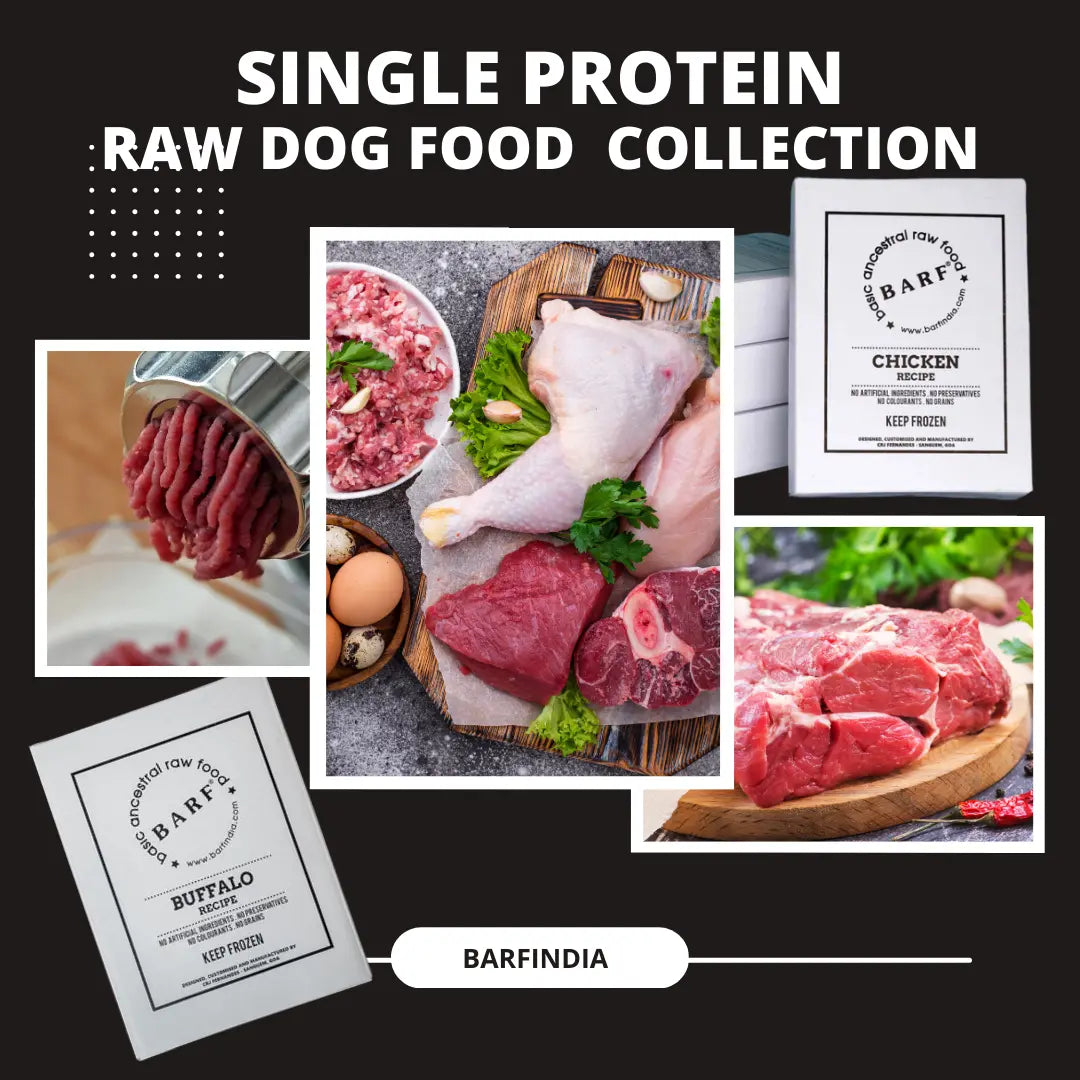Here’s why it’s important to feed your dog a diet with a variety of proteins as against a single one
B.A.R.F. India AdministratorHere’s why it’s important to feed your dog a diet with a variety of proteins as against a single one
Have you been feeding a variety of proteins to your dogs? When I started feeding my dog raw, I only fed her chicken. That was the only ‘non-veg’ that I was familiar with.Plus it was easily and readily available at every nook and corner of my area. Whether it was legs, wings, liver, thighs or breast, my dog had the choicest of pickings and I was happy that she was eating well.
Balance over time:
However, over time I realized I was unable to balance her raw diet when I didn’t have access to liver (those get sold out very quickly sometimes, especially over weekends when many families come to pick them up for their Sunday meals.) or other organs. I tried balancing it with eggs but I instinctively knew I wasn’t doing justice. Reading up about it told me that dogs are genetically designed to eat a variety of proteins and when in the wild, they automatically rotate their protein needs through the catch of the day. Let me share some of my findings with you.
Here’s why I add a variety of proteins in my dog's raw diet
The most obvious reason to rotate protein is to create variety and make meal times more interesting for the dog, especially if you have a picky eater like mine is. However, besides that, it seems that there are numerous advantages to rotating proteins. Here are the top 4 reasons you must include multiple proteins in your dog’s diet and not just stick to one.
#1 Rotating proteins provides nutrient balance
Not all protein sources offer the same nutrients. For instance, you would be mistaken to believe that
and chicken both provide the same nutrition for your dog.
Buffalo:
is rich in vitamin B12 and offers your dog protein, vitamin B6, niacin, selenium, zinc and phosphorus. Additionally, it is also a good source of pantothenic acid, choline, potassium,iron and vitamin B2.
Chicken:
Chicken, on the other hand, is an excellent source of niacin and is a very good source of protein and selenium. Besides that, it offers vitamin B6, phosphorus, pantothenic acid,choline and vitamin B12. You might be wondering that the list of vitamins and nutrients looks similar. However, it’s not the same and neither are the amounts identical.When you rotate your dog's protein source, you are feeding her a more balanced, nutrient-rich diet.
#2 There is no need for balancing fats
Did you know that you also need to balance fats in your dog’s diet? That can be quite a mind-bender. However, when you feed raw and rotate the proteins it gets taken care of. However, you can do what I do and supplement your dog’s diet with a few spoonful of fresh and natural fish oil, or salmon oil, fresh sardines and virgin coconut oil. Feed this according to your dog’s weight and check with your veterinarian about the right amount before starting your dog on it.
#3 Chances of protein intolerance are reduced
Many dogs suffer from chicken intolerance. When you rotate proteins you are not depriving your dog of a rich source, and if you feed chicken occasionally, you are helping prevent the chance of an intolerance developing. If you check out any pet store you will realize that many dog foods and treats contain chicken. When you feed your dog the same food day in and out, he could develop intolerance by devouring the same set of nutrients and not balancing it out with other elements.
#4 Makes meal times exciting
I said this earlier too. Imagine eating the same food every single day, for every meal. If you think you’ll get bored, imagine how tired your dog could be of the same taste every meal time. When you rotate their diet it makes meals fun. The dogs don’t know what to expect and are eager to check out their dishes. They investigate their bowls and decide what they want to eat first. Instead of a bored dog, wouldn’t you want one who looks his bowl clean every single time?
Downsides to a rotation diet for dogs
Are there any challenges to rotating proteins? If you’ve been feeding your dog kibble or just one protein, and your dog has a sensitive GI, you might want to start slow; else your dog could get an upset stomach. Start by adding small amounts of the new protein to the regular meal and increase the quantity slowly.
Start with pre-made raw
If you’re new to raw or unless you’re taking the suggestions of a qualified and experienced vet, you could start with a pre-made raw diet.If there’s no issue with chicken, start there, else begin with
or lamb. Slowly build in new proteins over the new weeks.
Include a pro-biotic and digestive supplement
Raw food has its share of living enzymes. However, if your dog has GI issues, those enzymes might not be enough.You can add fermented vegetables to your dog's diet.Make sure there are no onions.
Take your time
Yes, I mentioned this earlier, but it’s important to make note of it. Go slow, and take your time.You don’t need to make your dog adjust faster than his stomach can. Let him tell you when he is ready to transition to the next protein.
Conclusion
I had started with feeding my dog just chicken. Today, she gets to eat a variety of proteins, including duck, pork, lamb, buffalo tripe, sardines, etc. Meals are more fun and I am reassured that I am feeding my dog the right protein mix.





